Meet the product engineers behind the Samsung Galaxy S5

Advertorial by Samsung: The opinions expressed in this story may not reflect the positions of PhoneArena!
Product engineering is an extremely intensive and sophisticated process involving a great deal of trial and error across teams to make things right. For its latest flagship smartphone, the Galaxy S5, Samsung focused on going back to the basics to deliver the capabilities that mattered most to consumers. Tasked with this mission along with Samsung's commitment to “people inspired innovation,” the product engineering team worked to ensure the Galaxy S5 was equipped with a great camera, a brilliant display and enhanced device protection features. In this post, we'd like to introduce you to three key engineers who helped bring the Galaxy S5 to life: Joncheon Wee, one of the men behind the development of the Galaxy S5's IP67 water and dust resistance features, Ki Hyoung Son, from Samsung's camera research and development group, and Jeong-Hun Kim, who helped with the development of Samsung Galaxy S5's Super AMOLED display.
Principal Engineer in the R&D Group
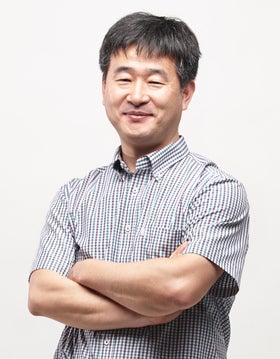
“The fact that we are doing something meaningful to customers always encourage us”
Jongcheon is a principal engineer in the R&D Group at Samsung. More specifically, he was recently involved in developing the dust and water resistance feature for the Galaxy S5. He has been working at Samsung Electronics for 18 years, and he started working on the water and dust resistance project in 2009 after being inspired by in-depth consumer feedback. “I feel that I have witnessed the boom of water and dust resistant technology first-hand, and with the Galaxy S5, I have worked very hard to bring users' actual value for their everyday lives.”
To provide the best quality product to consumers, all departments, including product development, manufacturing and inspection teams devoted themselves to improving the defective rate of the Galaxy S5. The proudest moment for Jongcheon was when his team tested 100 Galaxy S5 devices, putting them in a one-meter-deep water tank for 30 minutes. After the test, not one had water in it. “Thanks to everyone's efforts, we were able to make water resistance one of the Galaxy S5's key differentiating features.”
Senior Engineer in the Camera R&D Group

“Making a new feature is difficult, of course, but when achieved, it is that much more rewarding.”
Ki Hyoung is a senior engineer in the Camera R&D Group. After receiving a B.A. in Computer Engineering and an M.A. in Image Processing, he started work at Samsung's mobile division in 2007. Ki Hyoung is part of a specialized group focused on developing cameras that are used in smartphone devices. With the Galaxy S5, he aimed to bring feature improvements that consumers demanded the most, including faster autofocus.
Developing a camera is composed of two key phases. The first phase involves identifying the functions that need to be added or improved. From the beginning, the camera on the Galaxy S5 was intended to be one of the device's main features. The Galaxy S5 was the first device to include real time HDR and phase difference detection function. While adding new features can be a challenging process, the outcome is very rewarding when the set goals are achieved.
The second phase of the process involves bringing the camera to high-definition standards, which is Ki Hyoung's responsibility. “The process requires tuning to bring out the best color, heighten the definition, bring to life each detail within the image and reduce noise,” explains Ki Hyoung. “The tuning process is carried out manually. When we test the camera, we take hundreds of pictures at a time. This manual process ensures that we meet Samsung's high standards to offer a world-class camera for our consumers.”
Senior Engineer in the Display Lab
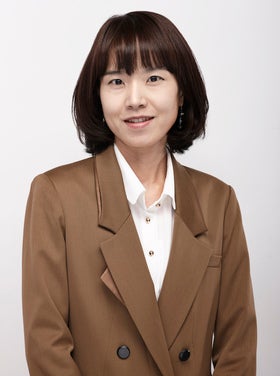
“It's interesting to solve problems by creating something completely new. I enjoy challenges and making something good even better.”
Jeong-Hun is a senior engineer in the Display Lab and has worked at Samsung for 10 years. Jeong-Hun and her team began working on the development of the Galaxy S5 last year. She was in charge of carrying out tests to enhance the display's definition, focusing on adjusting the display in changing environments so that users could have an optimal viewing experience in any light setting: night, day, indoors or outdoors.
The process of improving visibility in different settings is carried out manually with a naked eye, and tests are conducted both indoors and outdoors. The team may run into problems at times due to the weather. “Sometimes in the winter, we cannot carry out tests if it rains or snows all throughout the week,” explains Jeong-Hun. “During the summer, we can fully prepare ourselves with abundant sunlight even if the temperature is high, but in the winter, we can get impatient as the light settings change dramatically depending on the time of day. The manual testing process is worth the anguish in order to get the most optimized visual experience for our consumers.” When testing indoors, Jeong-Hun uses fluorescent lights, incandescent lights and LED lights to test the displays in all kinds of lighting situations.
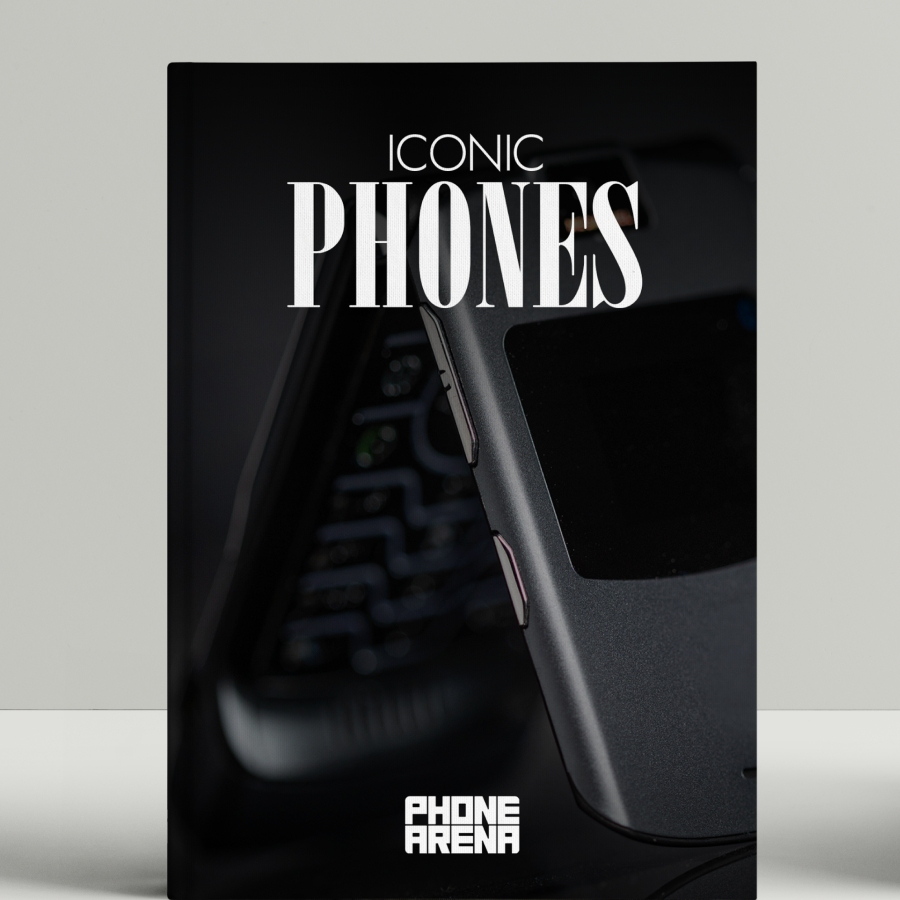


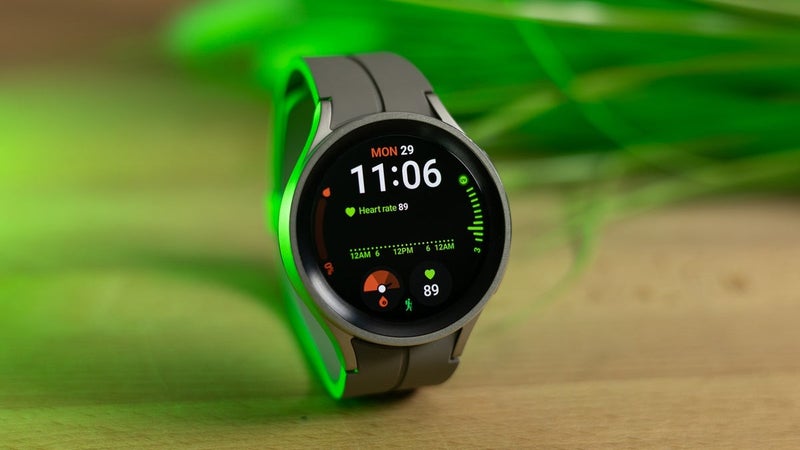
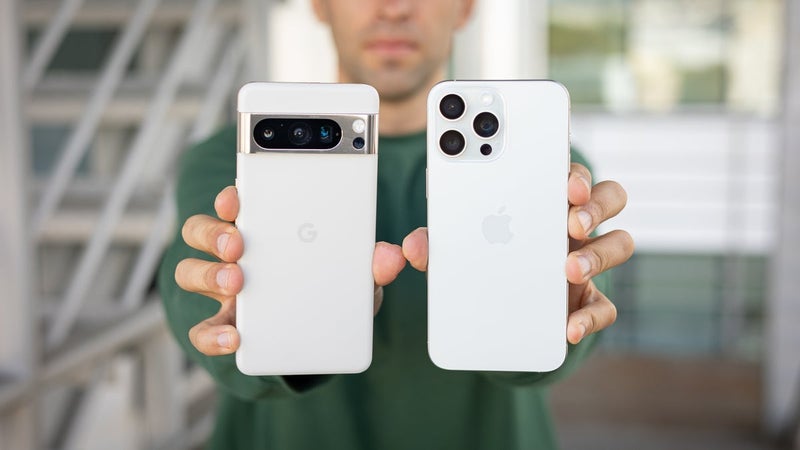

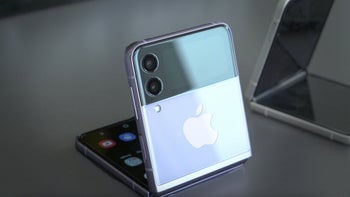
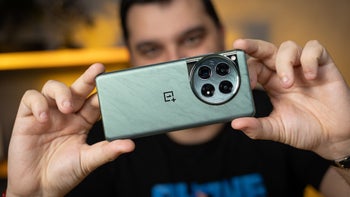
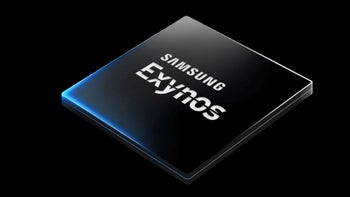


Things that are NOT allowed: